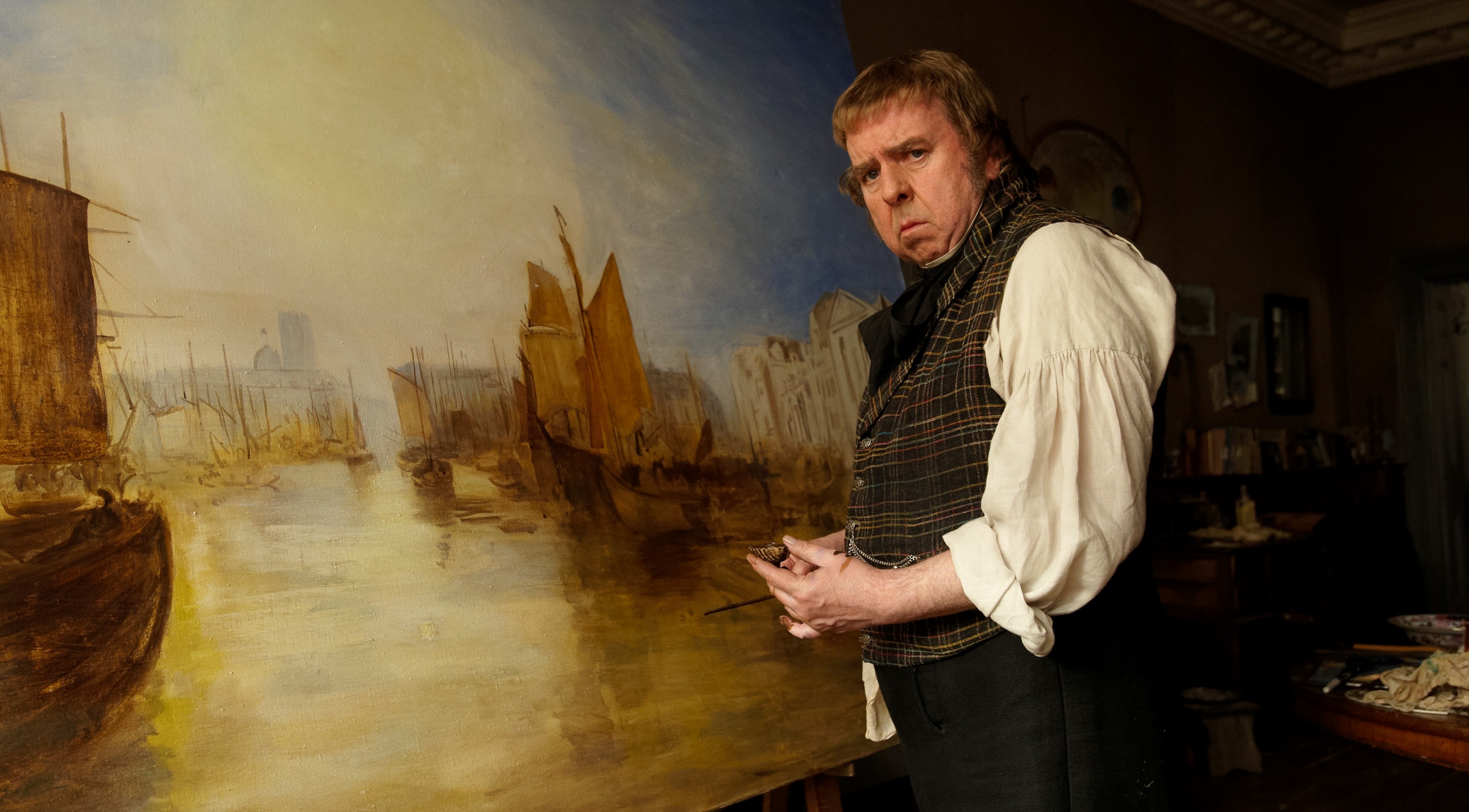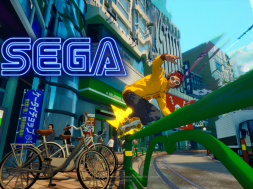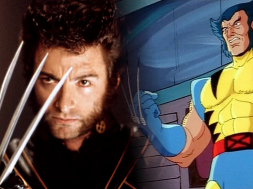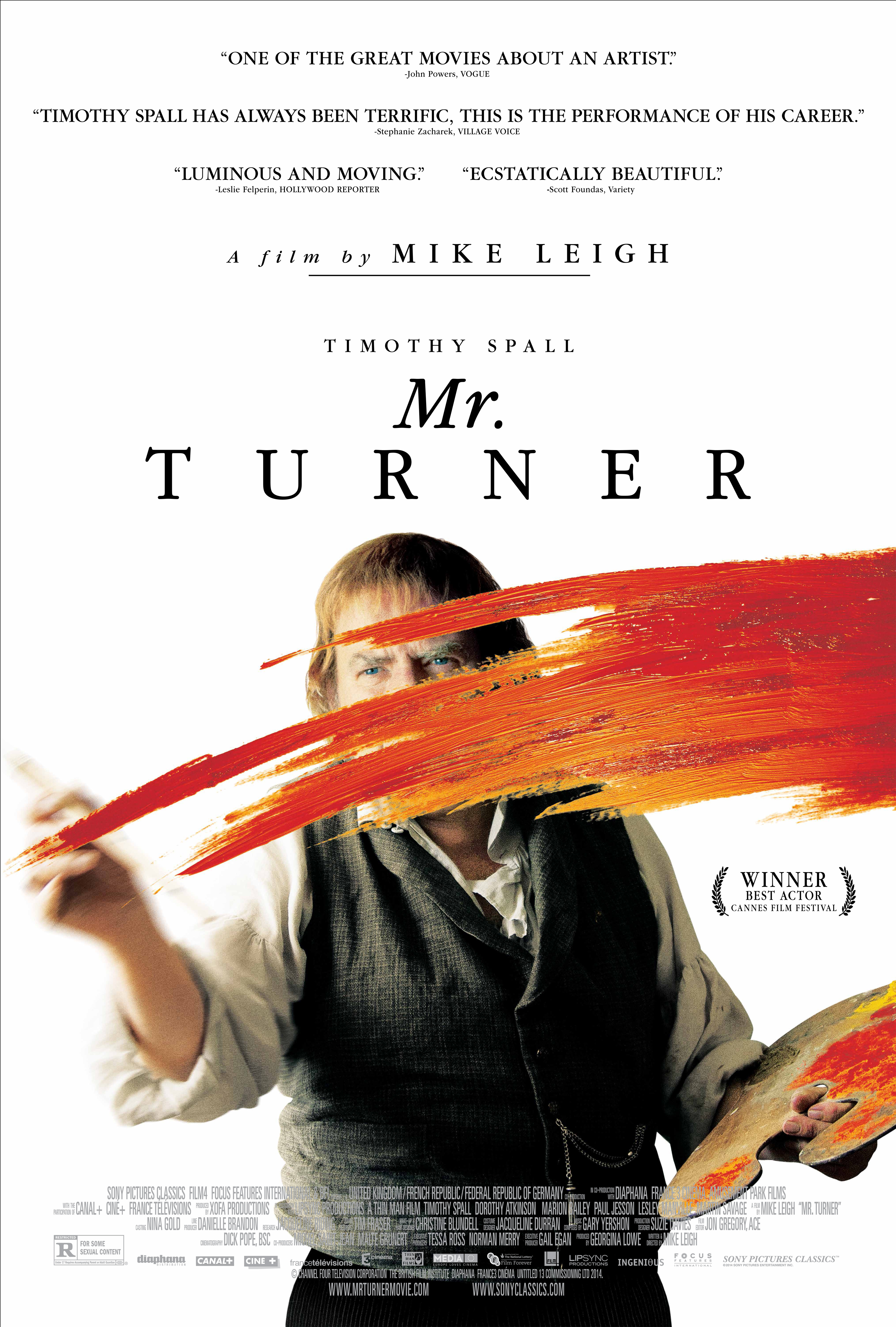Mr. Turner is the latest work from Mike Leigh helmed by Timothy Spall. As a synopsis, the film focuses on the last quarter century of the eponymous J.M.W.’s life. The period is held to be Turner’s most experimental, and Spall prepared for the role by taking painting lessons two years in advance of filming. However, the notion of this film has existed for even longer that, it having occurred to Leigh after his work with Spall on the film Topsey-Turvey (1999), over fifteen years ago. Spoilers are grinding at the best of times, so after such a build up such as this the mandatory warning applies with more than usual urgency.
 The first mention is that the film is, in the director’s own words, “Not a bio-pic”. During an interview with Francine Stock, Leigh explains how making the film was an intuitive process, and that while the sexual relationship with Hannah Dandy was: “invented it did feel proper”. The films goal is not to present it’s subject as some easily masticated mouthful, but to offer a sample, a selection, that convey the essence of that subject.
The first mention is that the film is, in the director’s own words, “Not a bio-pic”. During an interview with Francine Stock, Leigh explains how making the film was an intuitive process, and that while the sexual relationship with Hannah Dandy was: “invented it did feel proper”. The films goal is not to present it’s subject as some easily masticated mouthful, but to offer a sample, a selection, that convey the essence of that subject.
Said essence is readily apparent in the photography itself, before Turner even makes his entrance. Up till now Leigh and his long-time cinematographer Richard (Dick) Pope have shot their pictures on film, where as this is digital. In an group interview, Pope “evoking the spirit” with a view to looking as one imagines the artist would, or would have. The film’s color palette ensure this throughout. However, there are an number of sequences which that lend a particular emphasis, including one at the royal academy prior to an exhibition.
In the scene Turner is essentially redoes a painting, to which he was supposedly going to apply the finishing touches. Instead, he radically redoes much of the painting. As he does so the scene cuts to a cliff-face, which pans out to a scene of the artist on one of his many excursions, sketch book at the ready. The scene reads innocuously enough. However, the sight of Turner attacking the canvass, incorporating his fingernails, as was characteristic, leads one to expect a shot of the finished work. Therefore, when the scene cuts, the audience is presented with an images of what it takes to be a close up of the painting. The sequence lasts a few seconds, yet the effect is remarkable. It demonstrates Turner’s working methods which have all the vitality of the natural phenomena they are used to depict. Moreover, the photography of the rocks, being such that they resemble  brushstrokes, implicitly refers to a shift in artistic preoccupation from mimetic representation and towards the sense of awe that the the representation inspires.
brushstrokes, implicitly refers to a shift in artistic preoccupation from mimetic representation and towards the sense of awe that the the representation inspires.
However, the film is not a turgid affair, portraying a well-documented individual in stuffy terms. It remains a human drama with Timothy Spall at the center. However, before all praise is heaped at his feet, mention must be made of the fellow cast, including Dorothy Atkinson, Marion Bailey, Paul Jesson and Martin Savage. Turner is an enigma of a character if only for the contradictions that define him. In a scene with Ruth Sheen, unrecognizable from her performance in Vera Drake (1996), his disregard for his ex-wife and children seem callous. Yet he is a devoted son.
He mocks fellow artist Benjamin Robert Haydon (Savage) yet loans him money that he does not ask to be returned. While Haydon is something of a comic foil, his presence does raise questions regarding Turner’s characterization. Does he not ask for the money’s return out of consideration for a fellows suffering, or does he just want to paint in piece? Further to that, he communicates for the most part with a series of grunts yet at has moments of great eloquence that evidence a familiarity with the classics, referring to the sun as Helios and sleep Morpheus. The film begins with Turner sketching out a pastoral scene during a visit to the continent, where the camera, having tracked the movements of two women, happens upon him at a distance. From the outset he remains somehow remote. And yet, for all his being removed and obnoxious, it it difficult not to be won over, or rather, without condoning or condemning, to accept.
Turner may never have been one for portraiture, but this film communicates a fantastic likeness. 9/10










